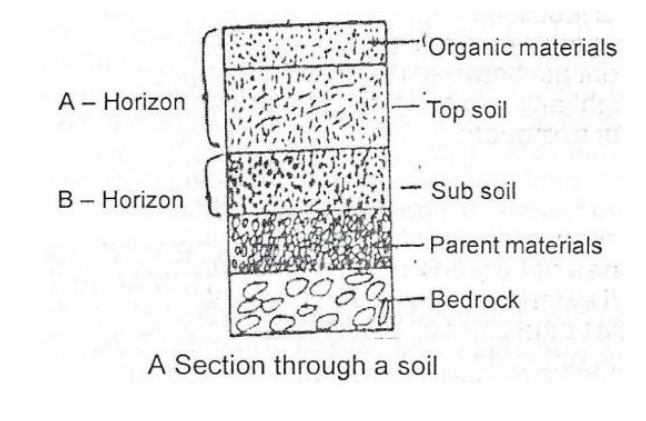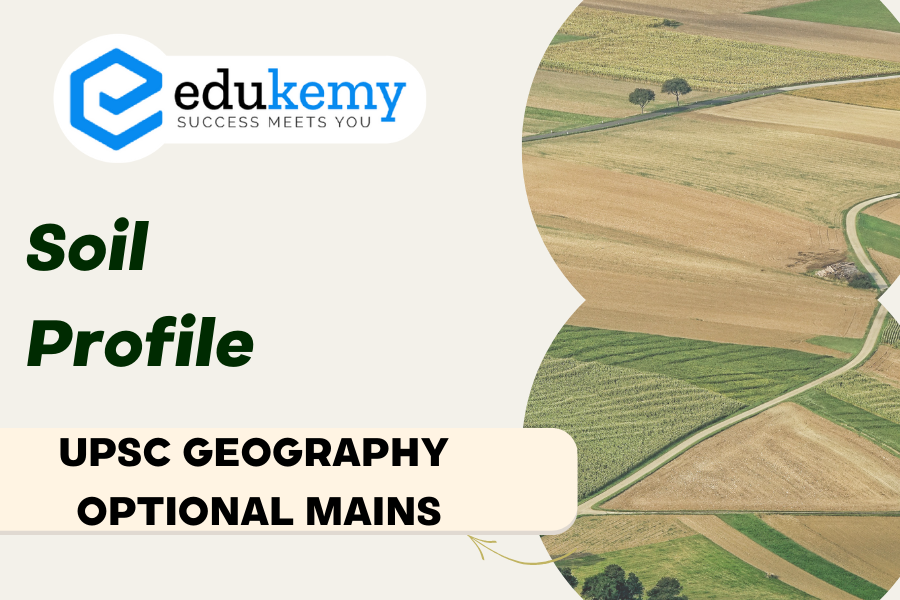
Well-developed soils, often referred to as mature soils, boast a distinctive characteristic in their soil profile, revealing a complex layering system that reflects the culmination of various geological and environmental processes over time. This stratification, known as soil horizons, provides a visual representation of the soil’s history and the interplay between biological, chemical, and physical factors. Each layer in the soil profile has unique properties, composition, and functions, contributing to the overall fertility and stability of the soil. The formation of these layers is a dynamic process influenced by factors such as climate, vegetation, topography, and the actions of microorganisms. By examining these well-defined horizons, scientists and ecologists gain valuable insights into the soil’s past and present conditions, allowing for a deeper understanding of its role in supporting ecosystems and sustaining life.
Contents
Answer
Well-developed soils are well-matured soils that have developed over a long period and have distinct and well-developed horizons or layers. Different factors like climate, topography, organisms, etc. interact over a long period and result in the formation of well-developed horizons E.g. Podzols, Lithosols, etc.
Characteristics of well-developed soils:
- Distinct Horizons
● A developed soil will have recognizable horizons or layers within its profile, labeled from the surface downward as O horizon (organic matter), A horizon (topsoil), E horizon (leaching zone), B horizon (subsoil), and C horizon (parent material), may also have additional horizons, such as clay-rich or iron-rich layers - Developed over a long period
● Achieving a well-matured soil profile is a slow process that takes thousands to millions of years
● reflects the long-term interaction of various factors, including climate, parent material,
vegetation, and time - Rich organic matter
● The O and A horizons are enriched with organic matter, which comes from decomposed plants and animal material and contributes to soil fertility and structure. - Mineral weathering
● Over time, minerals in the soil undergo weathering, breaking down into smaller particles and releasing nutrients.
● This enriches the soil with minerals necessary for plant growth. - Leaching and translocation
● Well-developed soils often exhibit distinct horizons (like the E and B horizons) due to leaching and translocation of materials within the soil profile.
● Water percolating through the soil carries nutrients downward, resulting in the accumulation of materials in specific layers and the formation of distinct layers - Biological activity
● Soil organisms, such as earthworms, bacteria, fungi, and plant roots, play an essential role in mature soil development.
● They contribute to organic matter decomposition, nutrient cycling, and soil structure
improvement.
The distinct layers in a soil profile provide valuable information about soil fertility, drainage, and suitability for different land uses; this information is absent in poorly developed or young soils like inceptisols, latosols, alluvial soil, etc.

In case you still have your doubts, contact us on 9811333901.
For UPSC Prelims Resources, Click here
For Daily Updates and Study Material:
Join our Telegram Channel – Edukemy for IAS
- 1. Learn through Videos – here
- 2. Be Exam Ready by Practicing Daily MCQs – here
- 3. Daily Newsletter – Get all your Current Affairs Covered – here
- 4. Mains Answer Writing Practice – here

